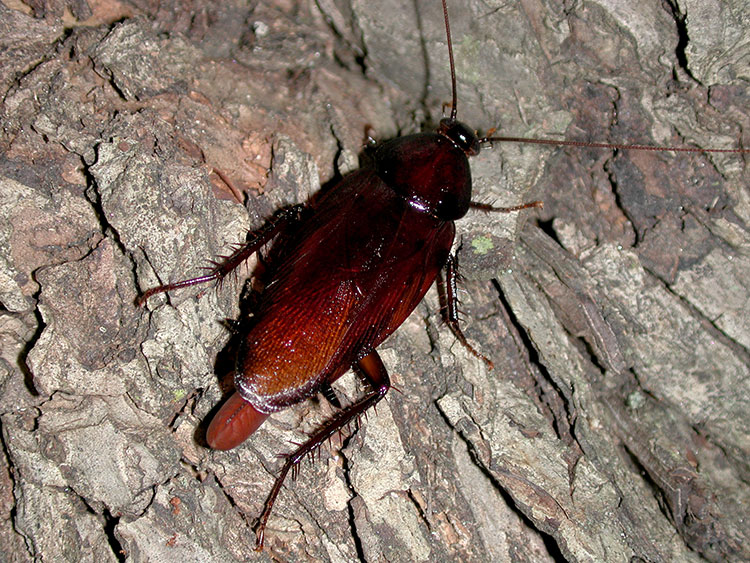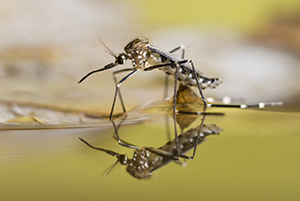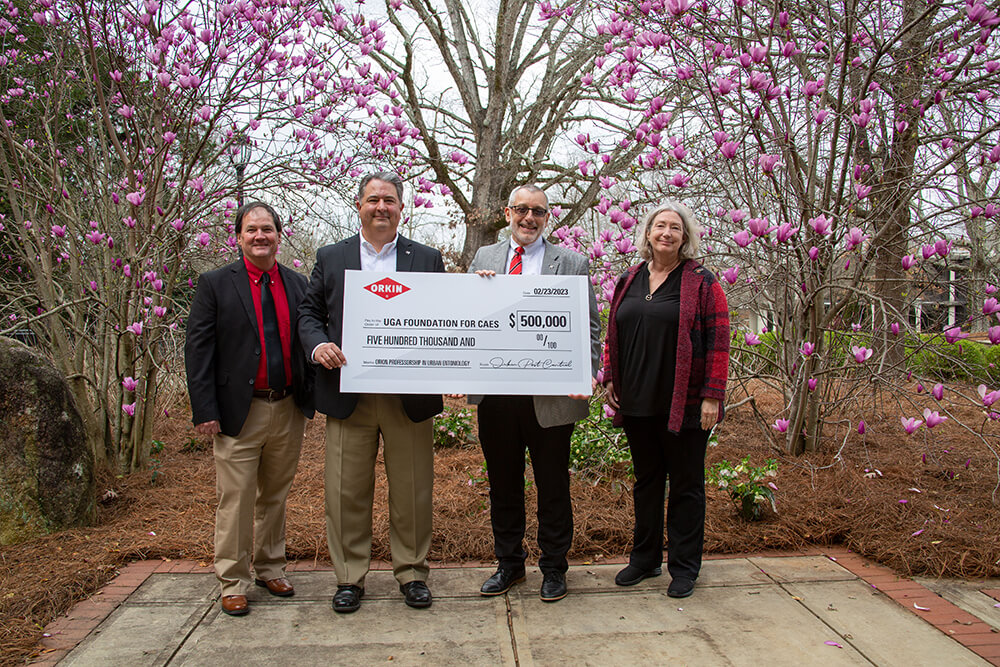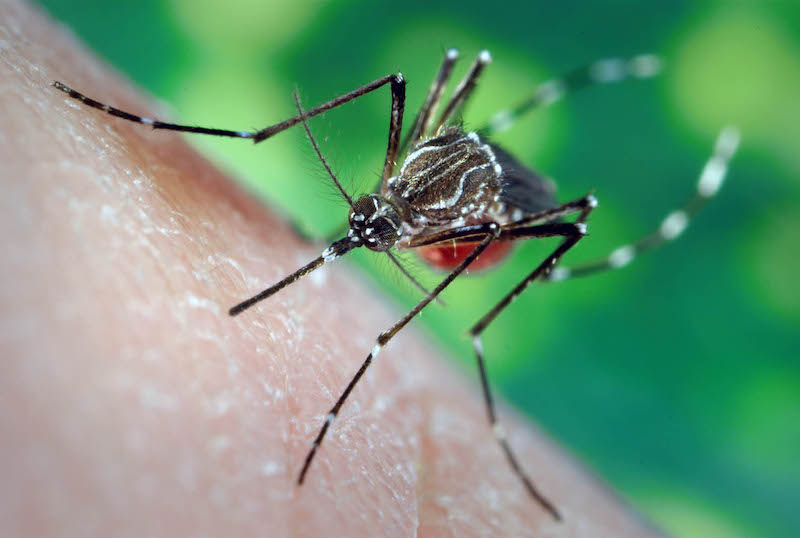 CAES News
CAES News
Head Lice
As students return to school, head lice often become a common concern for administrators and parents. Understanding how to prevent and manage head lice infestations is crucial for maintaining healthy environments in schools and at home. Allison Johnson, the Pesticide Safety Education Program coordinator for the University of Georgia, provides essential information and advice to help mitigate the spread of this pesky pest.





.jpg)

.jpg)
